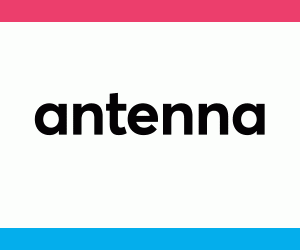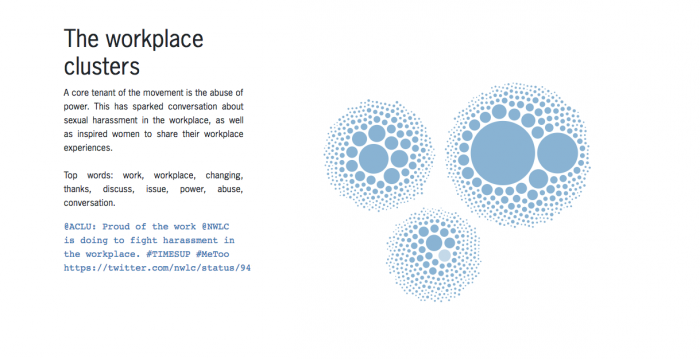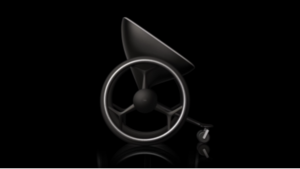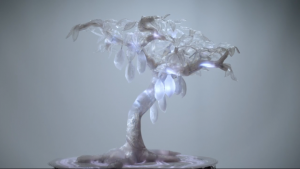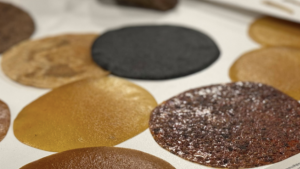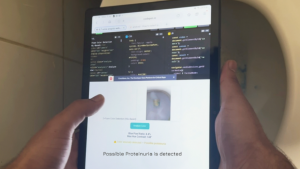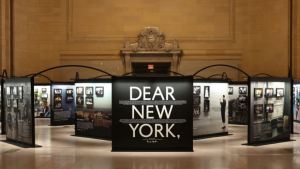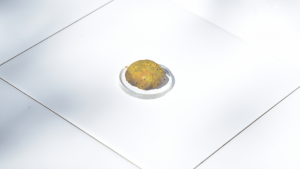Part of the Project
The Sustainable Development Goals set out by the United Nations are the blueprint to achieve a better and more sustainable future for all. There’s no better tool to achieve this than design.
This is the criteria that drives the speaker line-up for antenna, a conference in Eindhoven curated by Design Indaba and hosted by Dutch Design Week on 22 October.
Poverty, inequality, climate, environmental degradation, prosperity, and peace and justice – the goals interconnect, and to achieve it, we need all hands on deck.
Like last year – the year of the inaugural antenna conference – we’ve gathered another selection of 20 design graduates whose work serves to fulfil the goals for a better future.
Last week we introduced you to the first five speakers, and then later, we unpacked the emotional growth the speakers undertake at the conference. Antenna is not just about finding design solutions but empowering the designers who come up with them.
Here’s five more… Tickets are on sale now.
In the wake of #MeToo
A graduate of Parsons School of Design, Ellie Frymire watched the #MeToo movement with a researcher’s keen eye.
What began with scathing reports on the numerous sexual assaults perpetrated by powerful men in Hollywood soon spiralled into a global consciousness on women’s rights and the lack of safety for women in all walks of life around the world.
It started when Alyssa Milano first used the hashtag prompting people to tell their own stories. What followed was a flood of experiences, building a community of support, natively and primarily through social media. The movement encouraged more women to come forward — not only validating the experience of victims, but exposing more perpetrators beyond those in Hollywood.
But is that all that was said within #metoo? Frymire’s project explores the text of tweets from the 6 months following the birth of the digitally native social movement. “By using unsupervised k-means cluster analysis, we can uncover organic themes,” she writes.
The project aims to answer the question: “what are people really saying with #metoo?”
Morality and consumption
Each time we pour milk into our morning coffee or grill a beef patty for a burger, Design Academy Eindhoven graduate Adelaide Lala Tam wants us to think about something we’d much rather push from our minds: the life and death of a modern day cow.
The Hong Kong-born creative’s project 0.9 Grams of Brass shines a light on the hidden value of life in the meat industry. Particularly, the slaughter process.
While the environmental harm caused by the mass farming of cows has become a talking point internationally, the deaths of these animals remain unknown and undervalued.
They’re killed with a stun gun. Lala Tam has used the empty cartridge as a symbol in her project because it’s all that’s left after the slaughter of a cow.
She then melts the cartridge down and turns into an everyday paper clip, illustrating the diminished nature of the animal’s life.
The process of turning a cartridge into a paper clip happens within a vending machine to question the ethical value in contrast to the monetary value of the practice.
The object sold from the machine is made from the 0.9 grams of brass cartridge casings and costs the same price as the bullet itself.
“The resulting brass paperclip (which has its origins in a system of mass production and distribution) is an object consecrated for daily use that serves as a constant reminder of the loss of an animal’s life,” she writes.
Collective politics in the arctic
RISD graduate Gavin Zeitz proposes that we create an inclusive economic zone in the Arctic. Right now Russia, America and China are each vying for control and influence in the region.
With the ice in the arctic receding, the world’s untapped fossil-fuel is at stake, according to CNBC. The arctic also holds a range of other resources such as gold, silver, diamond, copper, titanium, graphite, uranium and other valuable rare earth elements.
Zeitz’ project, The Arctic Commons seeks to subvert the “first come first serve” politics of global development which puts the objectives of the culturally elite at the forefront, perpetuating the circulation of wealth among those already at the top.
He wants to do this by creating a zoning protocol that is delineated not by arbitrary cartography, but by geophysical conditions such as ocean currents or drainage basins.
This way, “we begin to see a global landscape that is by the people and for the people,” he writes, adding, “This new zone is a provocation that the North can be a model for how we come together globally for the common heritage of humanity.”
Rethinking migrant shelter
With refugee numbers on the rise and their living conditions under increasing obscurity, ECAL graduate Iskander Guetta has applied design thinking to question the current circumstances in Switzerland.
Switzerland is one of the last countries that still builds anti-nuclear bunkers. In peacetime, many of these bunkers are a shelter for the homeless and migrants without housing.
According to Guetta, living conditions there are really tough. His project, Abri + is a set of objects - a lamp, a small bag, a curtain and some hooks - allowing for a more decent space to live in.
The project aims to provide creature comforts in an otherwise cold, institution-like surrounding. His hope is that it will welcome the homeless and migrants in a more human way.
Speculating on the future of food for the elderly
Hiromi Kimoto of Keio University SFC is in 2035 while we’re in 2018. A self-described collective dreaming researcher, Kimoto’s project, Food in our aging society, is a speculative exploration of food in the lives of the elderly.
Specifically, the project proposes a hands-on process of speculation and prototyping of the future of food in 2035 for elderly people through ethnographic research and ideation workshops with a wide range of people.
Her project asks: In a society where the age gap is increasing, what will change in our everyday lives; what new problems will arise?
Kimoto believes that new ideas and solutions can be found by taking a bottom-up approach and collectively discussing the problems that could arise in our ever-changing world.
Antenna aims to take these young designers to the next phase of their careers by exposing them to experts and professionals in the antenna network.
The programme, above and beyond their presentations, will work to expand their skills and networks, opening up a range of future opportunities.
Like the antennae of the natural world, antenna aims to intuitively spot and react to the subtle signs in the world around us.
The second edition of antenna will take place at World Design Event during Dutch Design Week on 22 October. The rest of the antenna line-up will be announced in the coming weeks.
Read More:
The first five antenna speakers announced!
Behind antenna and its impact on future changemakers in design

